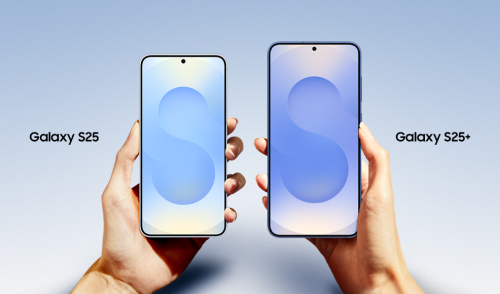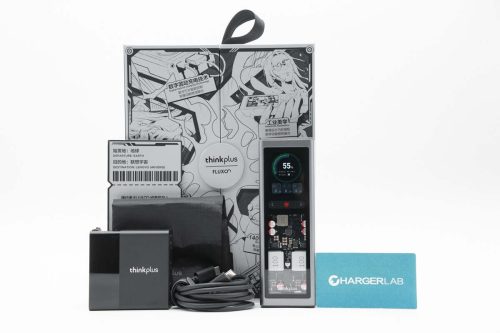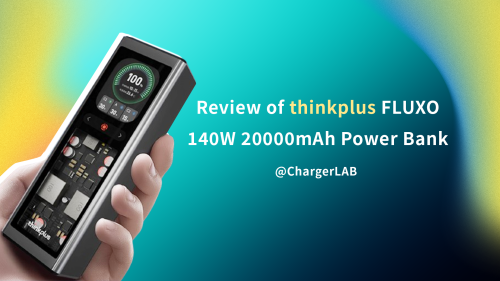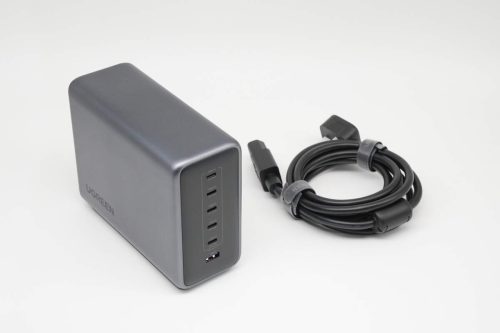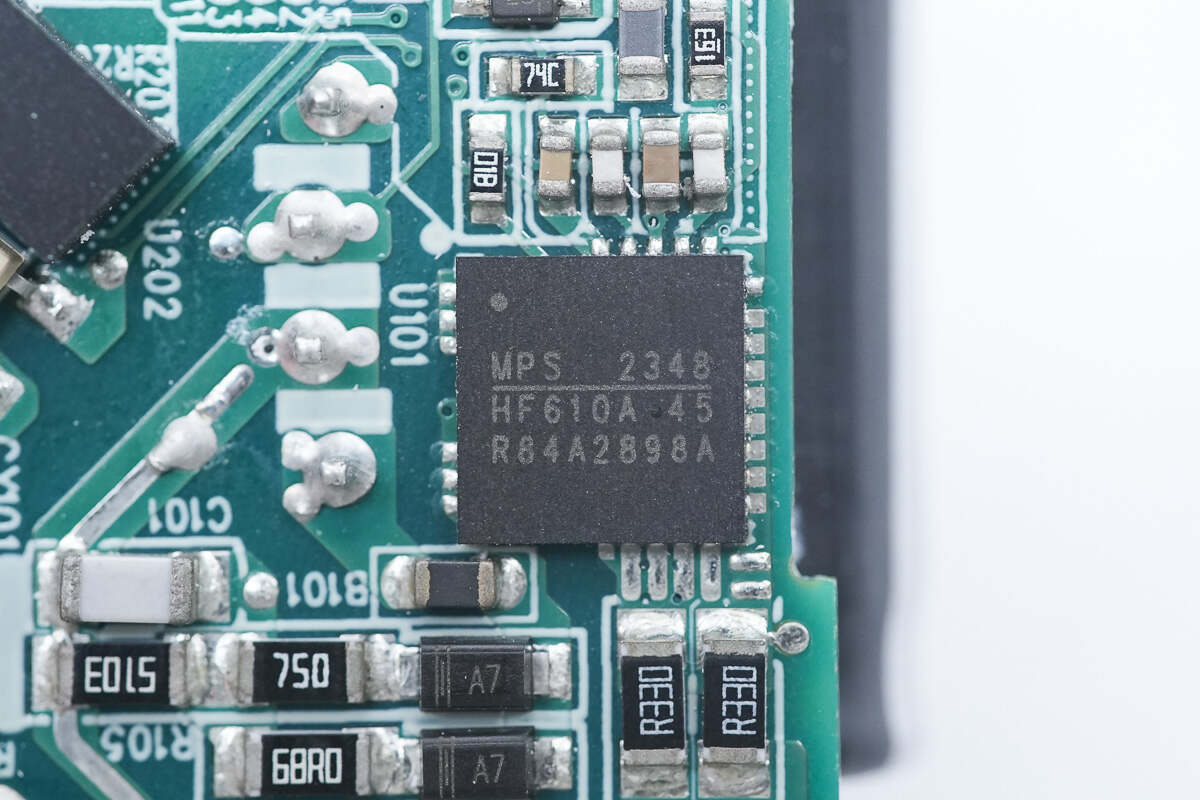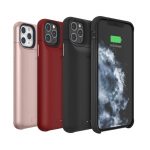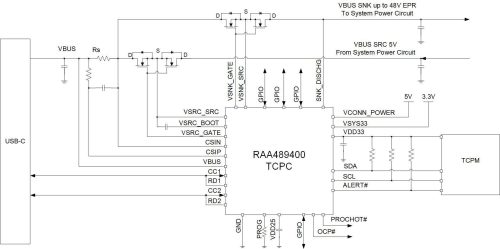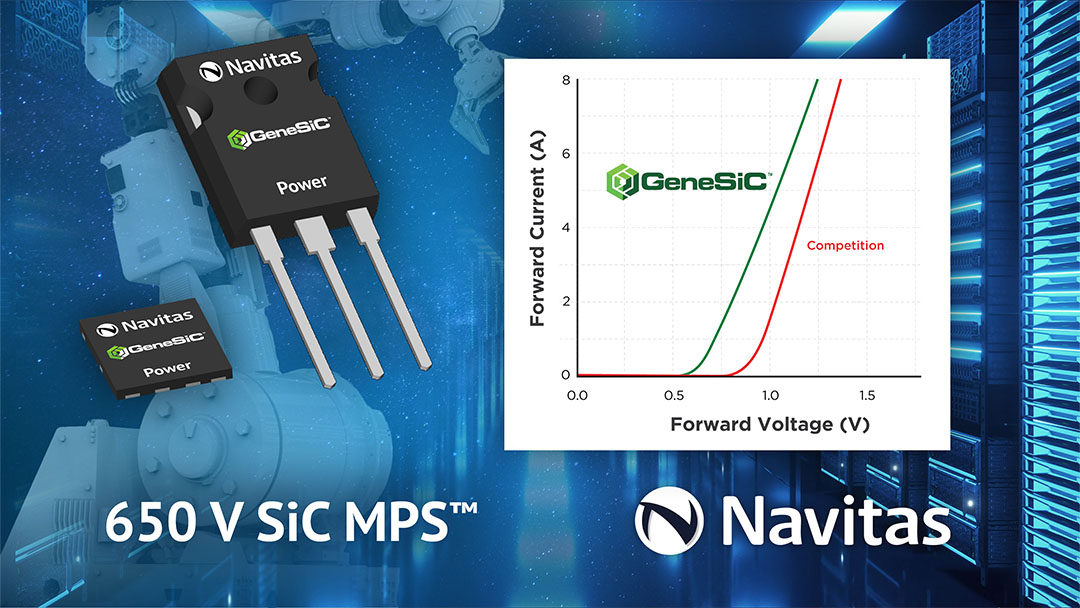Introduction
In February 2025, Samsung officially launched the Galaxy S25 series. This generation of smartphones removed the built-in magnetic ring, sparking widespread discussion in the industry. Unlike Apple’s MagSafe solution, the Galaxy S25 series achieves Qi2 standard compatibility through certified third-party magnetic cases. This approach may bring new changes to the future ecosystem of wireless charging for smartphones.
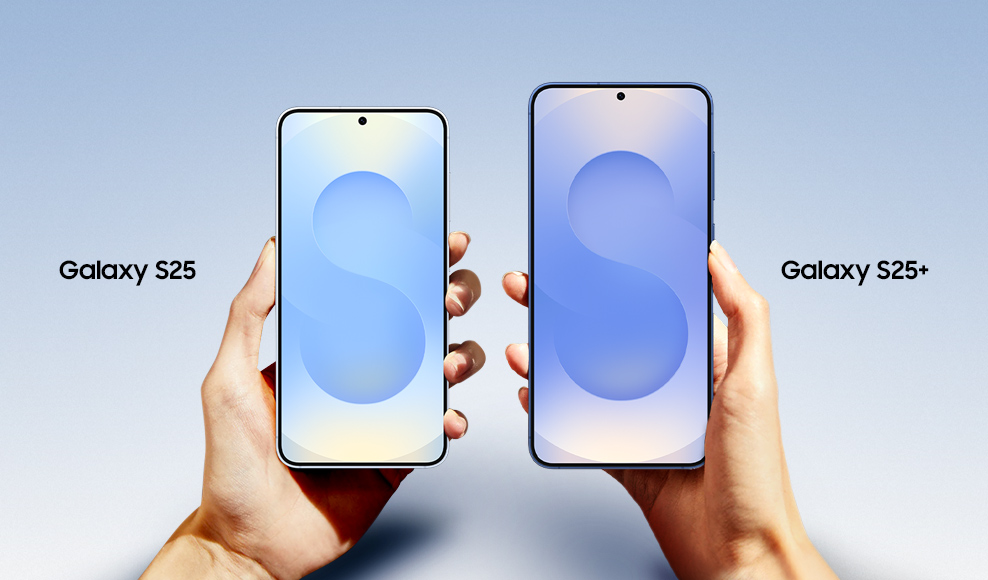
Qi 2.1 Standard
Let’s first take a look at the wireless charging standard used by the Samsung Galaxy S25 series. Currently, the Galaxy S25 series is among the world’s first smartphones to support the Qi 2.1 wireless charging standard. Released by the Wireless Power Consortium (WPC) at the end of 2024, the Qi 2.1 standard introduces features such as automatic alignment and magnetic phone case technology. These enhancements significantly improve device alignment accuracy and compatibility, while also optimizing performance in specific scenarios like in-car wireless charging.
The technical game behind "Magnet-Free Design"
Let’s dive into the benefits of removing the internal magnet from smartphones. In simple terms, the key advantages are lower cost and a thinner, lighter design. By eliminating the metal magnetic ring, Samsung reduces the weight of the device, lowers hardware costs, and creates a more lightweight and comfortable feel for users.
This design choice has also directly created a demand for magnetic cases. To experience Qi2's magnetic alignment features—such as automatic attachment in-car chargers or more stable wireless charging—users now have to rely on third-party or official magnetic cases. Samsung did not release technical documentation initially, causing a shortage of third-party accessories. However, once the WPC opened Qi2 certification to phone cases for the first time, the market situation quickly began to change.
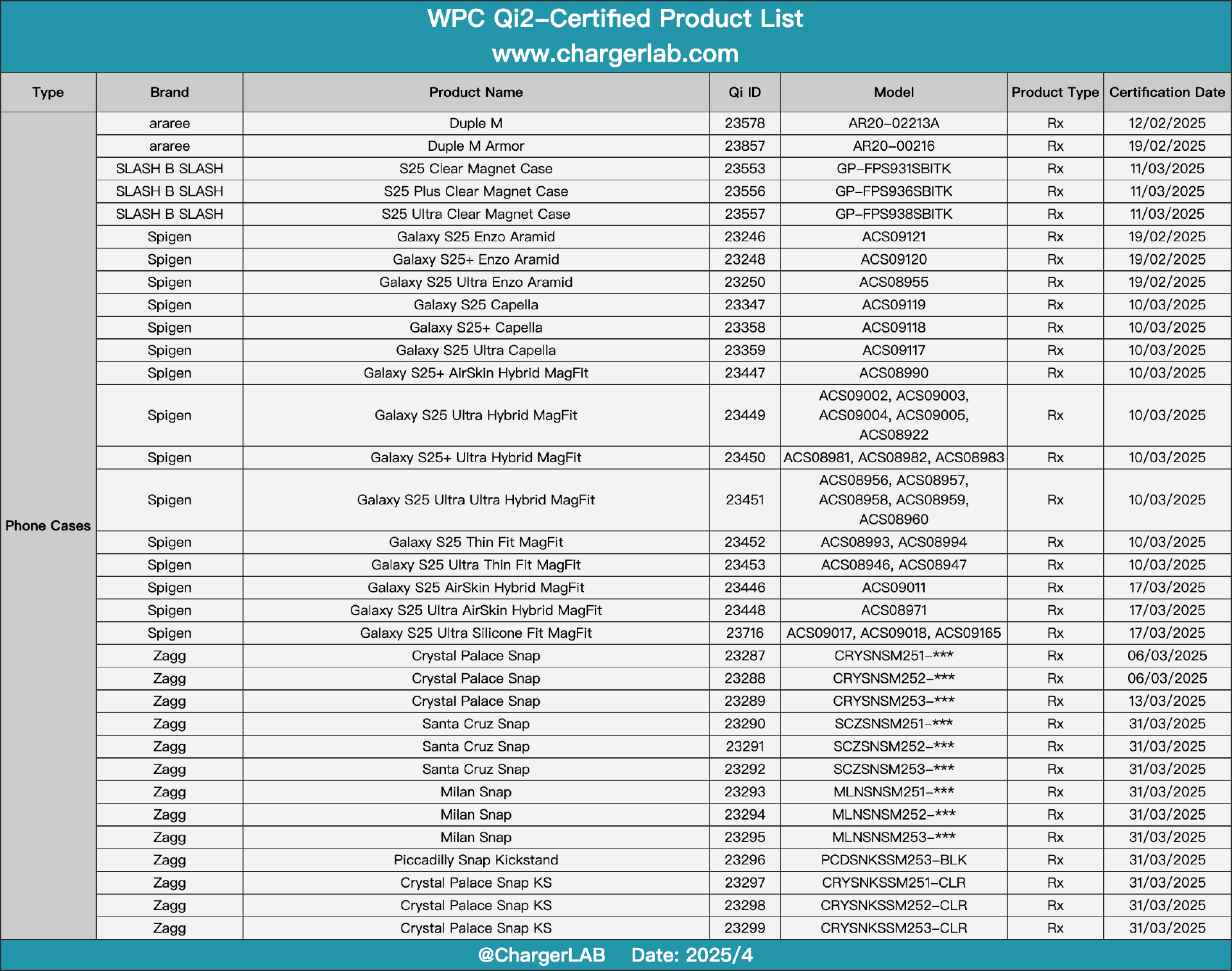
According to data from ChargerLab, by March 2025, thirty-three magnetic cases had already passed Qi2 certification, including products from brands such as Spigen and Zagg. This marked the official arrival of the "magnet-free phone + magnetic case" model.
Case Manufacturers May Be Entering a New Golden Era
By removing the built-in magnetic ring across the entire S25 lineup and "outsourcing" magnetic alignment to protective cases, Samsung made a move that, at first glance, appears to go against the industry trend. However, this strategy has opened up a new track for the mobile accessories market—ironically, the magnet-free Galaxy S25 series may offer more opportunities than ever for case manufacturers.
As is common, many users choose to equip their smartphones with protective cases to prevent damage from accidental drops. This time, Samsung’s "de-magnetization" strategy has unexpectedly revitalized the accessory supply chain. Case manufacturers are no longer just creating accessories for protection and aesthetics—they’ve now become an essential part of the wireless charging ecosystem.
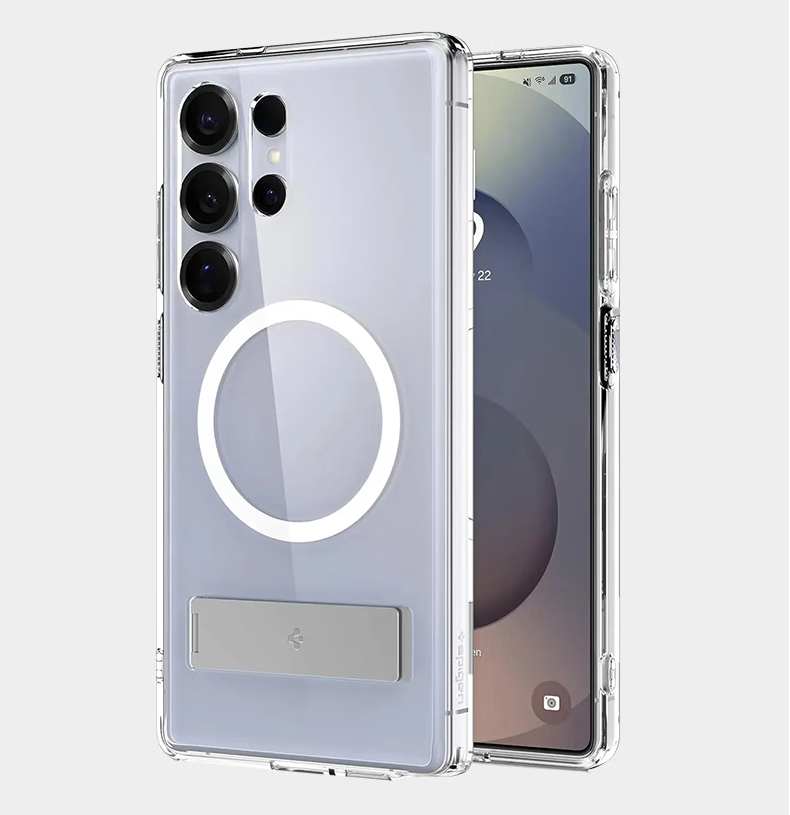
Take Spigen as an example. Its custom case for the S25 features a built-in magnetic ring, is Qi2 certified, and remains compatible with Samsung’s reverse wireless charging. This kind of innovation from third-party brands is even putting pressure on Samsung to rethink its approach. While Samsung has not officially provided technical support, the adoption of WPC’s universal Qi2 standards has empowered accessory makers to independently develop compatible solutions.
Dual Benefits for Users and the Industry: A New Ecosystem Under Standardization
For users, the magnet-free design offers more freedom and flexibility. They can choose from various protective cases, like MagSafe-compatible car mounts or fast-charging cooling cases, without paying extra for a built-in magnetic ring. Qi2 certification ensures compatibility, avoiding issues with unstable charging from off-brand cases.
For the industry, Samsung’s approach accelerates the adoption of wireless charging standards. With Qi2, the system relies on modular accessories instead of built-in hardware, providing a new path for Android manufacturers. Smaller companies no longer need to invest in magnetic technology and can simply source certified accessories to join the ecosystem.
Summary of ChargerLAB
The magnet-free design of the Samsung S25 feels like a reconstruction of the wireless charging ecosystem. It breaks the conventional thinking that phones must have built-in magnets, returning the power of choice to the users while stimulating innovation among accessory manufacturers. As protective cases evolve from mere protection tools to functional modules, the mobile industry is shifting from hardware competition to ecosystem co-creation.
This model could be adopted by more smartphone manufacturers in the future. On one hand, it helps expand their ecosystem, and on the other, it reduces development costs for the phone itself, making devices lighter and thinner. For consumers, the freedom of choice is further enhanced: if they want a lightweight phone without sacrificing magnetic convenience, a versatile magnetic case could be the perfect solution.

